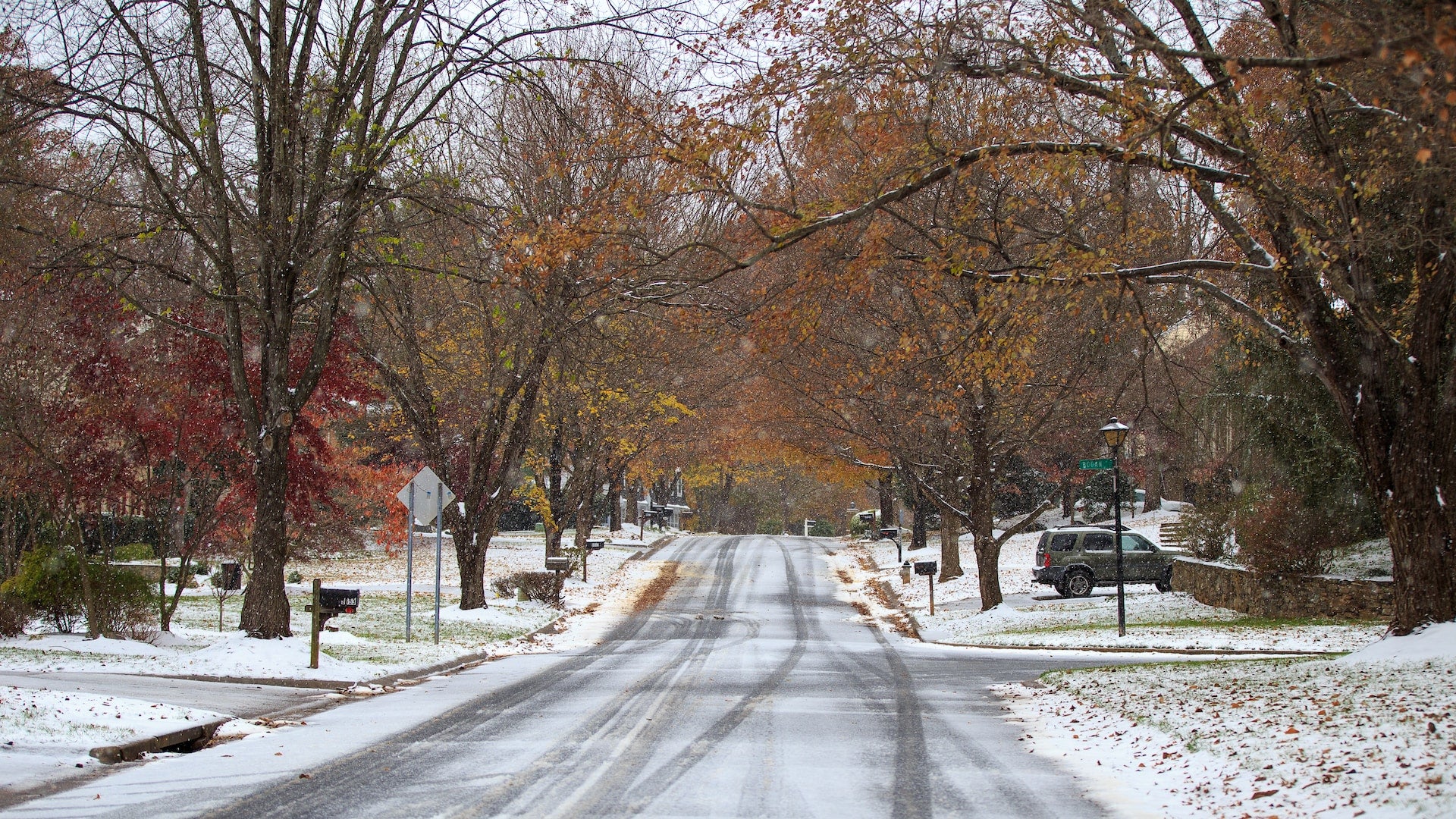
Photo credit: Adam Cai on Unsplash
In this activity, we will apply two models to simulate carbon storage in residential parcels and neighbourhoods, including land and water interactions, to be used in the RISE Scorecard.
In Canada, there is a lack of information on land cover in Settlement areas, including the amount of carbon storage both above and below ground. Through the novel data acquired in Activity 3, we will build knowledge about: carbon storage and flux in Settlement areas and how these change over time; the variation in those rates and amounts of change under different types of developments; the interaction and feedback between carbon storage and stormwater runoff; and, carbon storage and flux change in Settlement areas under different climate change and water infrastructure scenarios.
Both models will be coupled with the stormwater models used in Activity 5 in order to better understand the interactions and feedback between carbon storage and stormwater runoff.